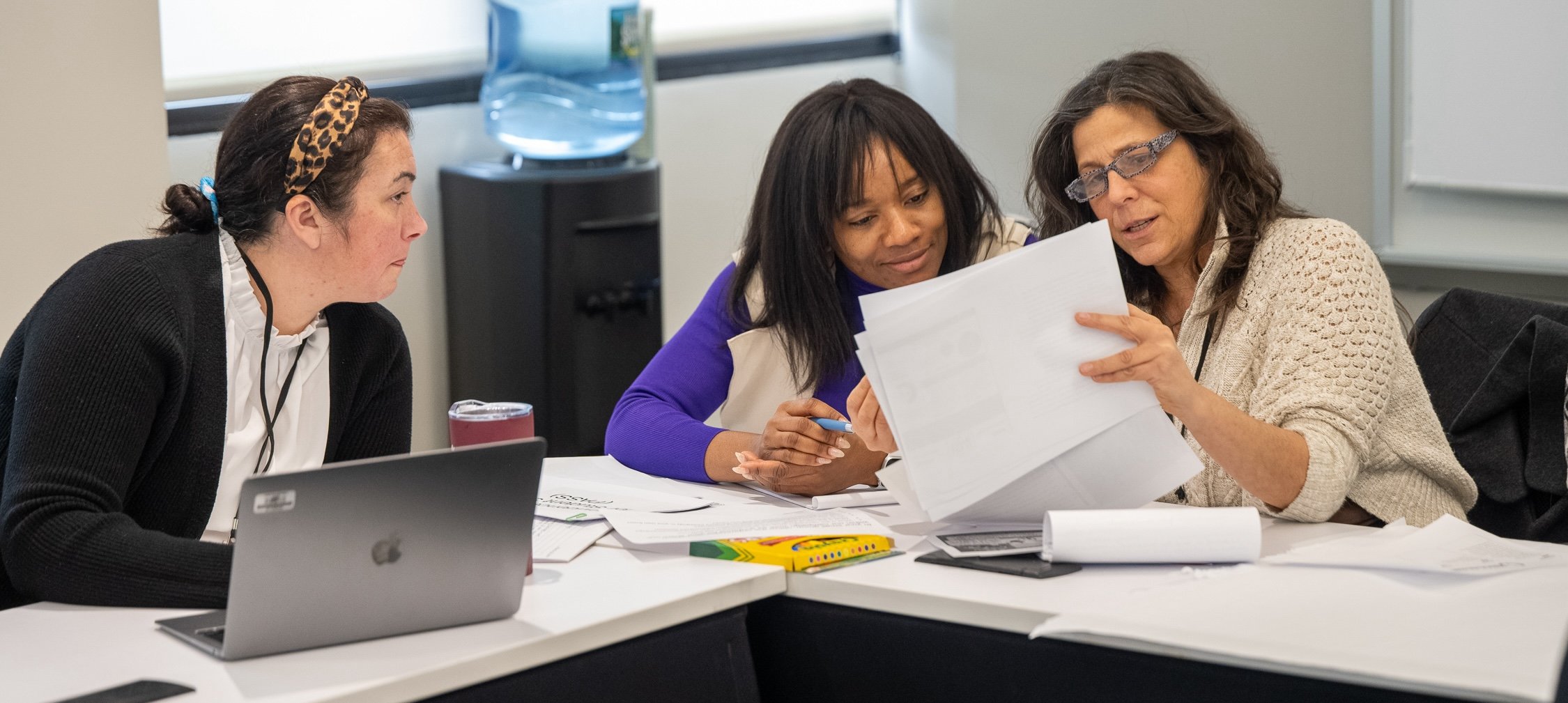Recently, CLEE partnered with a Boston-area school district to co-create a new Strategic Plan. What made this process different? We made sure every stakeholder, students, families, educators, and community members, had a voice at the table. The result was more than a plan; it was a shared commitment to the work ahead. Participants reflected on what pushed their thinking, challenged their assumptions, and strengthened their confidence. Their insights surfaced clear facilitation moves that helped create a space for deep, authentic engagement.
1. Create a Judgment-Free Space
Facilitators set the tone from the start by establishing a welcoming, respectful environment. Participants responded to this by taking more risks in their participation. One noted, “I was able to share my thoughts without fear of judgment.” Another added, “I could have been invalidated, but I wasn’t — the space was supportive.” By modeling vulnerability and setting group norms intentionally, facilitators helped everyone feel safe enough to contribute openly.
2. Normalize Discomfort and Risk-Taking
We did not avoid the “risk zone” — we invited it. Facilitators framed productive discomfort as a natural part of growth. One participant shared, “Raising the issue of parent and student representation put me out of my comfort zone, but it needed to happen.” Others shared similar sentiments, showing how this approach encouraged bold, honest contributions across diverse stakeholder groups.
3. Use Feedback as a Learning Tool
Facilitators used structured protocols to help participants offer and receive warm and cool feedback constructively. This gave people a shared language for feedback, and it paid off. As one person said, “Reading other groups’ feedback was hard, but it pushed me to think differently.” Another shared, “Considering feedback through the lens of different stakeholder roles really challenged my thinking.”
4. Elevate and Center Participant Voices
Intentional design allowed stakeholders from every background to meaningfully contribute. Facilitators created mixed stakeholder groups, shared facilitation with participants, and used protocols that supported balanced airtime. One parent reflected, “I didn’t have insider knowledge like the others, but their openness made me feel like part of the team.” Another noted how hearing student perspectives changed how they viewed planning for the future.

Julia Hendrix, Continuous Improvement Coach and Facilitator
5. Leave Space for Reflection and Synthesis
Facilitators built in time for processing, even as the session moved quickly. That space for meaning-making helped deepen the impact. “The conversation sparked so much thinking, we found ourselves with more questions than answers, and appreciated the time to process,” one participant said. Another added, “The time to reflect on feedback helped clarify next steps.” That reflection space gave participants ownership of the work — not just participation in it.
Looking Ahead
This session reaffirmed that effective facilitation is more than just managing time and tasks — it is about designing conditions for trust, learning, and shared ownership. As one participant said, “We have the power to change anything — we just need to work as a team.” With these strategies in place, stakeholder voice becomes more than input, it becomes impact.
